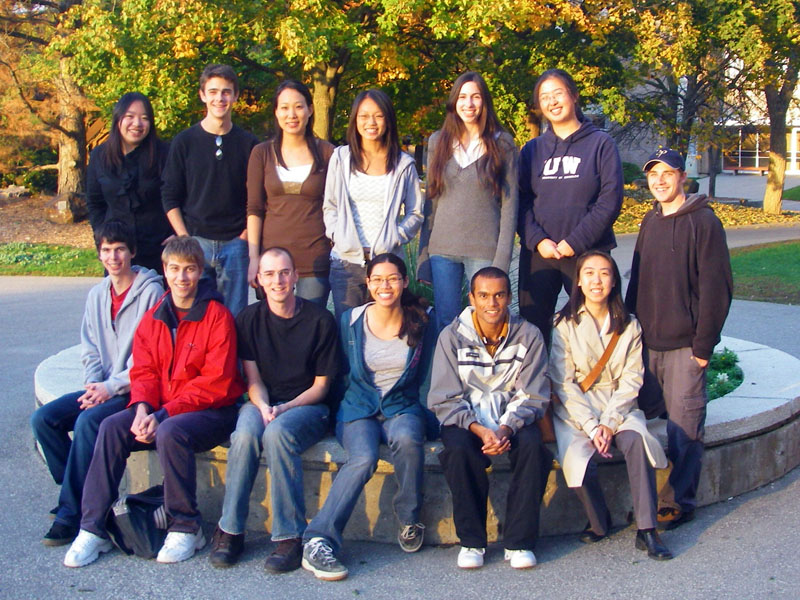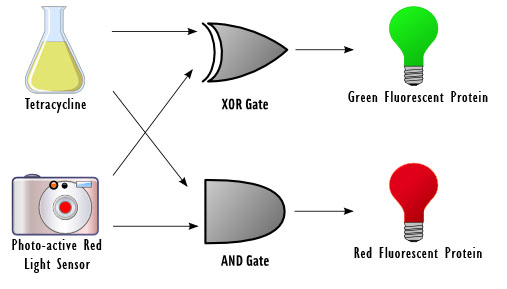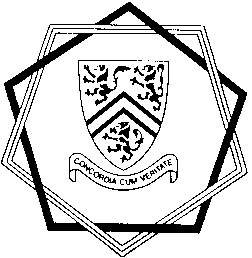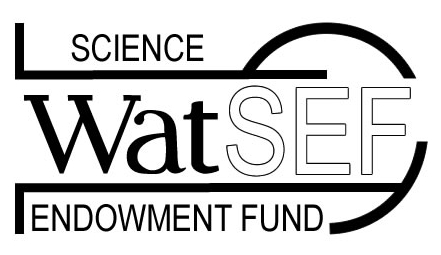Waterloo
From 2007.igem.org
(Difference between revisions)
| Line 23: | Line 23: | ||
| colspan="4" style="padding:5px; font-size:large" | Abstract | | colspan="4" style="padding:5px; font-size:large" | Abstract | ||
|- | |- | ||
| - | | colspan="2" style="border-bottom-width:thin; border-bottom-color:black; border-bottom-style:solid; padding:5px" | goals | + | | colspan="2" style="border-bottom-width:thin; border-bottom-color:black; border-bottom-style:solid; padding:5px" |- goals |
- biological implementation of a fundamental engineering concept, the half-adder | - biological implementation of a fundamental engineering concept, the half-adder | ||
- half adder calculates the sum of two 1-bit inputs | - half adder calculates the sum of two 1-bit inputs | ||
| Line 29: | Line 29: | ||
- bacterial sensor which responds to two inputs: red light and the chemical tetracycline | - bacterial sensor which responds to two inputs: red light and the chemical tetracycline | ||
- input sensors control genetic switches in order to carry out logic functions | - input sensors control genetic switches in order to carry out logic functions | ||
| - | - output of the half-adder function...green or red fluorescence | + | - output of the half-adder function...green or red fluorescence |
| + | | colspan="2" style="border-bottom-width:thin; border-bottom-color:black; border-bottom-style:solid; padding:5px; vertical-align:middle" | [[Image:Design schematic.jpg|center|400px|Schematic Design of Biological Half-Adder]] | ||
|- | |- | ||
| style="width:25%; border-right-width:thin; border-right-color:black; border-right-style:solid; font-size:large; text-align:left; padding:5px; background-color:#FBCC30" | [[Project | Project]] || style="width:25%; border-right-width:thin; border-right-color:black; border-right-style:solid; font-size:large; text-align:left; padding:5px; background-color:#FBCC30" | [[Modelling | Modelling]] || style="width:25%; border-right-width:thin; border-right-color:black; border-right-style:solid; font-size:large; text-align:left; padding:5px; background-color:#FBCC30" | [[Construction_&_Testing | Construction and Testing]] || style="width:25%; font-size:large; text-align:left; padding:5px; background-color:#FBCC30" | [[Extensions | Extensions ]] | | style="width:25%; border-right-width:thin; border-right-color:black; border-right-style:solid; font-size:large; text-align:left; padding:5px; background-color:#FBCC30" | [[Project | Project]] || style="width:25%; border-right-width:thin; border-right-color:black; border-right-style:solid; font-size:large; text-align:left; padding:5px; background-color:#FBCC30" | [[Modelling | Modelling]] || style="width:25%; border-right-width:thin; border-right-color:black; border-right-style:solid; font-size:large; text-align:left; padding:5px; background-color:#FBCC30" | [[Construction_&_Testing | Construction and Testing]] || style="width:25%; font-size:large; text-align:left; padding:5px; background-color:#FBCC30" | [[Extensions | Extensions ]] | ||
Revision as of 13:29, 26 October 2007

| Our Project | |||
| Abstract | |||
| - goals
- biological implementation of a fundamental engineering concept, the half-adder - half adder calculates the sum of two 1-bit inputs project - bacterial sensor which responds to two inputs: red light and the chemical tetracycline - input sensors control genetic switches in order to carry out logic functions - output of the half-adder function...green or red fluorescence | |||
| Project | Modelling | Construction and Testing | Extensions |
|
//Modelling |
|
|







